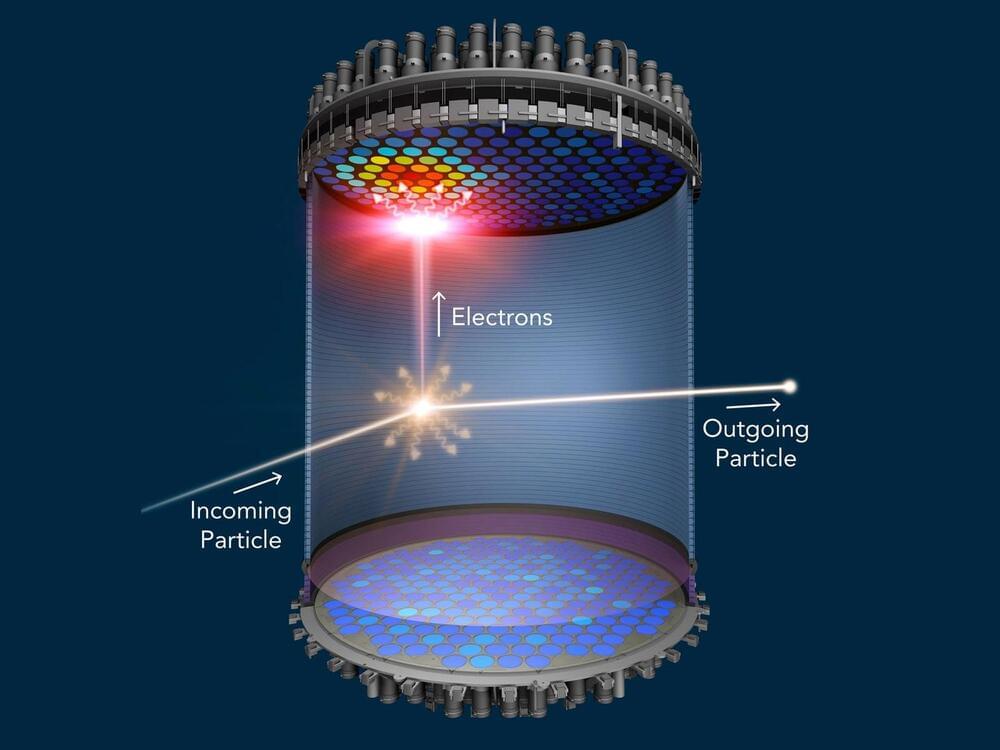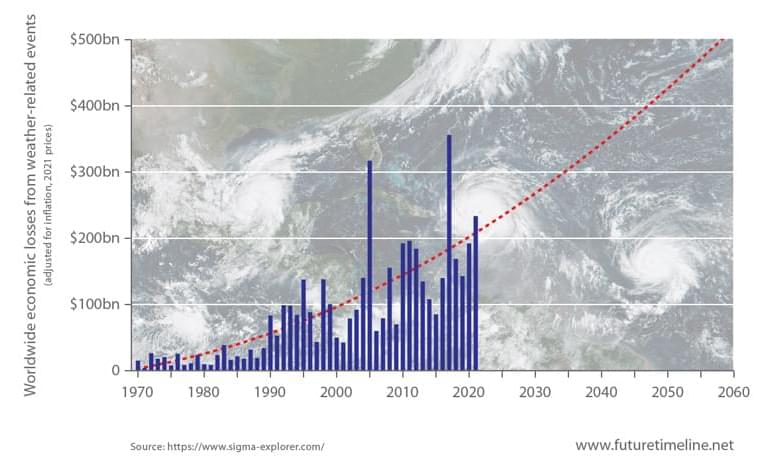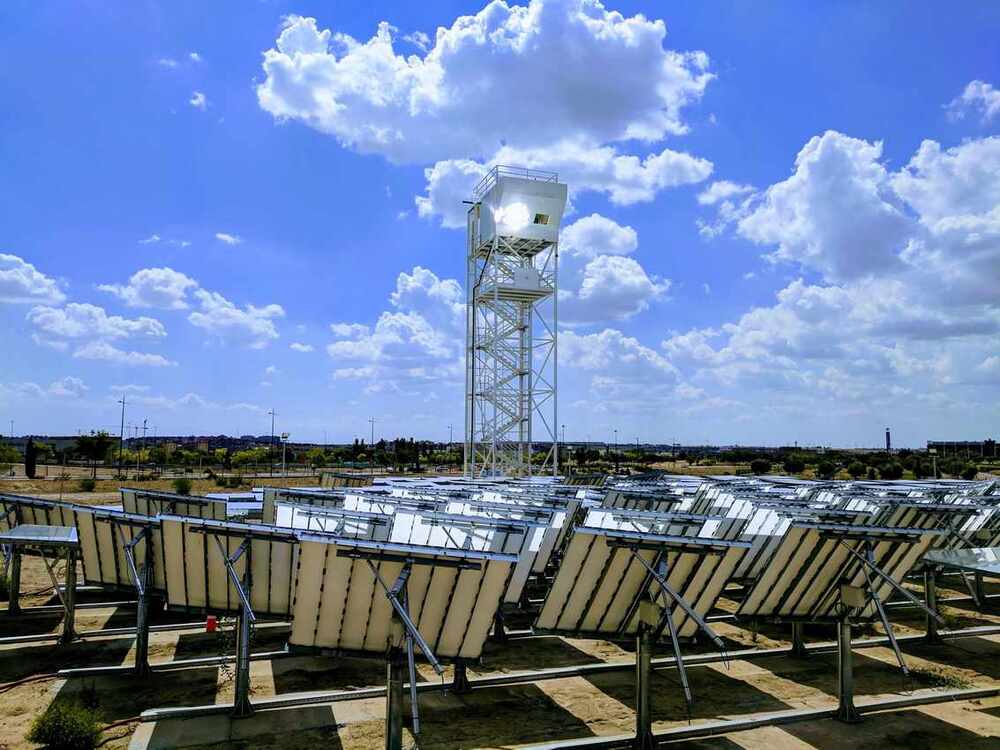What is dark matter? Does it even exist, or do we just need an adjustment to our theory of gravity?
What is dark matter? It has never been observed, yet scientists estimate that it makes up 85% of the matter in the universe. The short answer is that no one knows what dark matter is. More than a century ago, Lord Kelvin offered it as an explanation for the velocity of stars in our own galaxy. Decades later, Swedish astronomer Knut Lundmark noted that the universe must contain much more matter than we can observe. Scientists since the 1960s and ’70s have been trying to figure out what this mysterious substance is, using ever-more complicated technology. However, a growing number of physicists suspect that the answer may be that there is no such thing as dark matter at all.
Scientists can observe far-away matter in a number of ways. Equipment such as the famous Hubble telescope measures visible light while other technology, such as radio telescopes, measures non-visible phenomena. Scientists often spend years gathering data and then proceed to analyze it to make the most sense of what they are seeing.









